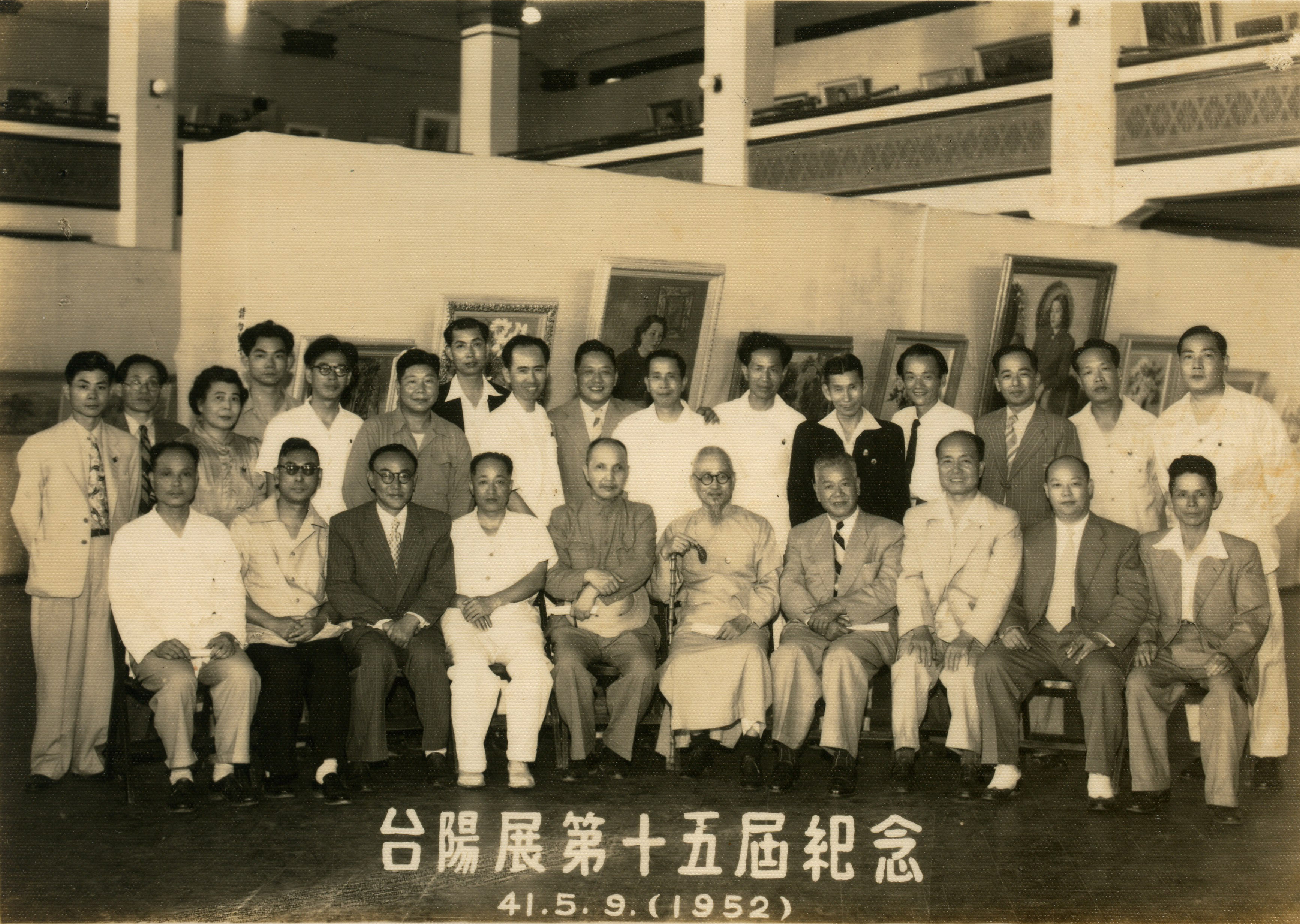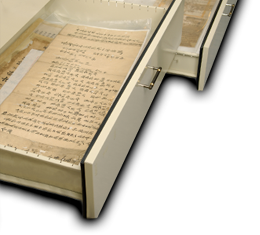
Publication date: 29 Jun 2021 The Taiwanese painting of the 20th century can be divided into those that continued the popular tradition of literati painting and calligraphy inherited from the Qing Dynasty and those that followed new artistic trends brought in under Japanese colonial rule. Through public education and exhibitions organized by the state, modern knowledge, conceptualization and expressions in art started to be disseminated, facilitating the beginnings of civil painting groups. In contrast with today’s landscape of growing numbers of local museums and thriving and diverse galleries industry and mass media, the earlier times were characterized by the absence of avenues such as research institutions and museums and were relatively closed to the flow of information. In joining local or cross-island painting groups, however, painters were able to carve out a more varied artistic space distinct from the officially sanctioned ones. This in turn attracted the support of talented individuals and prominent members of society from all quarters, to the effect of conveying knowledge and forming social connections while refining individuals’ artistic styles, placing them firmly in the career path in the arts. Based on selected private manuscripts, letters and documents, images, newspapers and magazines housed by the Archives, this article primarily explores the activities of artist groups where Taiwanese painters played a role to bring about. Much information is buried within sources ranging from a yellowing piece of articles of association to individuals’ diaries or fragments of memoir manuscripts or even revised designs of exhibition posters as well as varied individuals standing shoulder to shoulder in black-and-white photographs. Now let us follow through the interactions in the history of modern art of the various parties between individual artists, the painting groups and their patrons as well as how the arts and society developing in parallel and prospering in unison! |
 |



